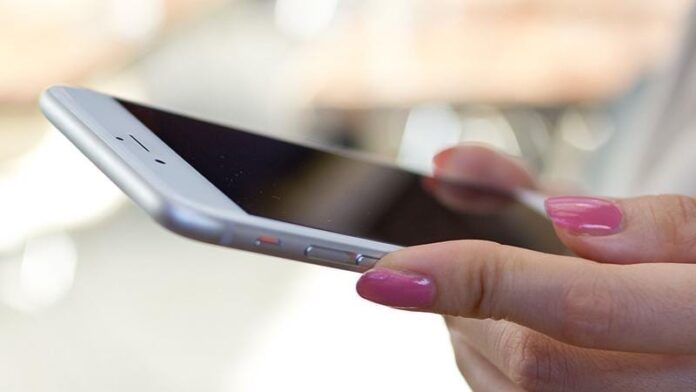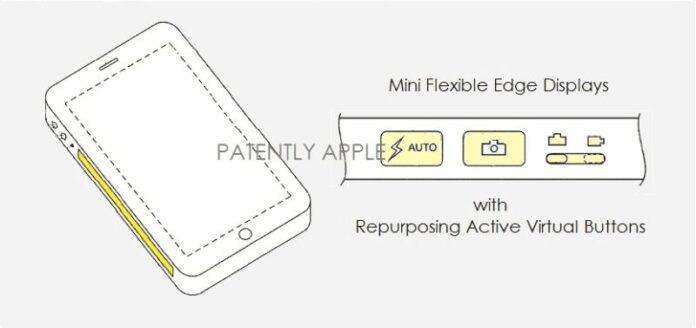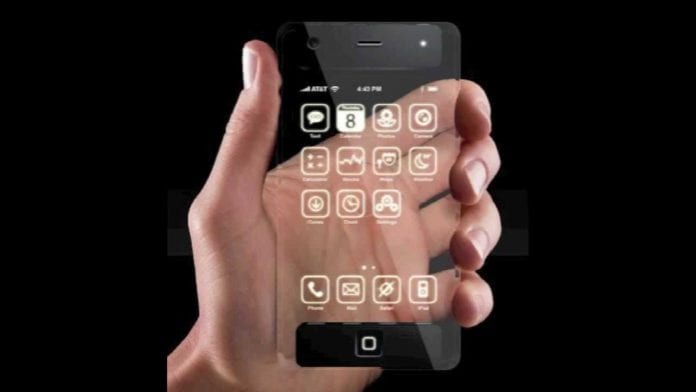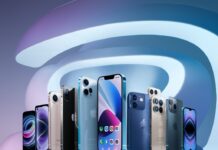It’s always fun to discuss future technologies, and although we can predict in which way some of the future Apple products might go, that can always turn to the other side, and there is a dose of uncertainty. So, what will Apple’s smartphones look like in 2018, 2024 and 2030 and beyond? Here are some of the new technologies that few of the future smartphones could employ starting with the iPhone 9 which could appear really soon. Most of these predictions are only speculations, but these are possible ways in which the development of these devices could unfold.
Battery and Charging Developments
According to the UK Teck Weekly Podcast, the golden period of rapid technological enhancements is now over, but there are some aspects where smartphones can improve, and one of these aspects is undoubtedly battery life. It is what manufacturer will focus on in the upcoming years and here are some new technologies and charge related developments.
Long-Range Wireless Charging – Wireless charging is becoming a thing of today, but you still have to place your device on a charging mat, and the real advance people are looking for is long-range wireless charging, which is unlikely to appear in smartphones that will come out this year.
Stacked Battery Cells – Rumor has it that Apple will use the battery tech it developed for the 12-inch MacBook and squeeze more battery capacity in layered units stacked inside the chassis.

Lithium-Air Batteries – Unlike the lithium-ion batteries which are used in current smartphones, there are so-called Li-O2 or lithium-air batteries that offer long lifetime. However, if produced, they would still have to be charged.
Motion Charging – This type of charging was supposed to be put in the first Apple Watch, and it uses kinetic energy from your own movements to replenish the battery. This technology needs to be improved, but it could definitely prove useful one day.
Solar – Sunpartner Technologies has developed a lightweight skin/case that can be wrapped around a mobile device and collects sun energy thus charging a phone. Apple has committed to a greener approach, and we might see solar cells underneath the touchscreens in future.
Solar Clothing – Solar charging can be difficult because the surface is small, but “smart fibers” that can be used to create clothing that collects solar energy and recharges smartphones has been developed. Paul Weiss, editor-in-chief of ACS Nano said: “Will clothing be a significant contributor to the power we acquire and use? We do not know yet. But as a field, we are exploring these ideas in addition to addressing the question of ‘how’ energy harvesting might work.”
Recycling Phone’s Wasted Energy – Nowadays, there is technology that can recapture energy emitted from your phone in the form of radio waves and transmit it back to the battery, but this is a short-term solution, and the battery runs down slower than usual. In 10 years, who knows what may happen.
Self-Healing Battery Tech – Researches at the University of California led by Amay Bandodkar managed to repair the snapped battery and make it work. This is far-fetched and we will probably not going to see batteries that can heal by themselves in the near future.

Supercapacitor Batteries – Researches at the University of Central Florida produced a small battery based on supercapacitor tech. This means that it charges in a few seconds and it can last for a week.
Design Changes – Displays
In the upcoming years, a battery is not the only thing that will go through series of changes. New iPhones will feature different screens than they have today so let’s see some of the likely and less likely scenarios.
Retractable Screen – There is a patent developed by Apple that describes a portable device with a flexible OLED screen that retracts into two hollow casings when you release a latch, and it goes back when required. However, new iPhones will probably not feature retractable screens.
Chameleon Design – Here, we are talking about a smartphone that can be placed near your ear like a Bluetooth earpiece and it changes colors to match your face and thus becomes invisible to others.
Curved Design – It was reported last year that Apple had filed patents for a curved glass iPhone with virtual buttons on the sides. This means that we might see completely different new devices in not so distant future.

Bendable iPhone – We will let the patent summary tell you the story of bendable iPhone. “Carbon nanotubes may be patterned to form carbon nanotube signal paths on the substrates,” reads part of the description. “The signal paths may resist cracking when bent. A bent portion of a carbon nanotube signal path may be formed in a portion of a flexible substrate that traverses a hinge or other flexible portion of an electronic device.”
A further patent documentation says “a flexible display that is movable between a folded position and an unfolded position,” and a “fabric housing [that] forms a flexible hinge that allows the flexible display to be folded.”
Bezel-Free Design
Another patent was filed by the company, and it is for a bezel-free device, which would definitely draw a lot of attention. Here you can see a concept designed by Marek Weidlich that shows what the new iPhone might look like.
Edgeless Display
The Wall Street Journal reports that an edgeless display may be featured on the new iPhone and Apple is willing to redesign the device for the 10th anniversary with the changes that “could include an edge-to-edge organic light-emitting diode, or OLED, screen” without a physical home button.
“I’ve heard this independently and it is completely getting rid of the chin and forehead of the phone,” John Gruber said. “The entire face will be the display. And the Touch ID sensor will be somehow embedded in the display. The front-facing camera will somehow be embedded in the display. The speaker, everything. All the sensors will somehow be behind the display.”
Flexible Or Curved Display – The new flagship iPhone model could come with a curved OLED screen that goes down over the sides and this is something we have already seen on Samsung S7 Edge and Note 7. According to Nikkei’s source “There will be a 4.7-inch model, another that will be 5.5 inches and a premium handset that will be either 5.5-inches or larger equipped with a screen bent on the two sides.”

Sidewall Displays
Could the future iPhones come with displays around the sides and edges as well as on the front? Possibly, since they were granted a patent for “Electronic devices with sidewall displays” back in 2014. Is it functional? We don’t know. Is it cool? Yes.
Other new Technologies and Camera Improvements
The Ability to Spit Out Water – With the patent published back in 2015, the new iPhones could be able to pump liquid out through their speaker grills and dry themselves. The patent summary reads: “The embodiments described herein are directed to an acoustic module that is configured to remove all or a portion of a liquid that has accumulated within a cavity of the acoustic modules.”
Environmental Sensors in the Sensor Cavity – Another patent filed by tech giant relates to speaker holes which feature environmental sensors. Via these sensors, you could know the exact temperature, oxygen levels, carbon monoxide levels, etc.
Anti-Recording Patent – Numerous artists have complained about fans uploading bad-quality videos of their performances online, and thus, Apple filed a patent to prevent people from recording at concerts. Rather controversial, this one will probably not going to become a part of the future iPhone, but it might happen.
Interchangeable Camera Lenses – Three years ago Apple issued two patents to describe methods of attaching camera modules to smartphones and other devices. The first one is titled “Back panel for a portable electronic device with different camera lens options” and it brings a portable electronic device with a removable case which would allow a camera to be attached. The second one describes a method that uses magnets to attach new camera lenses, and it is called “Magnetic add-on lenses with alignment ridge.“
These are only some of the technologies that might become a part of new iPhones. Some of these will be featured in new devices, some won’t, but whatever happens new devices and other smartphones will only be better. The future is bright.









